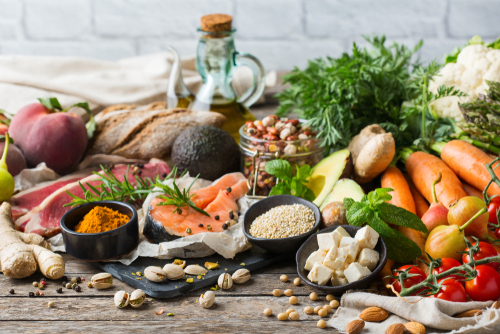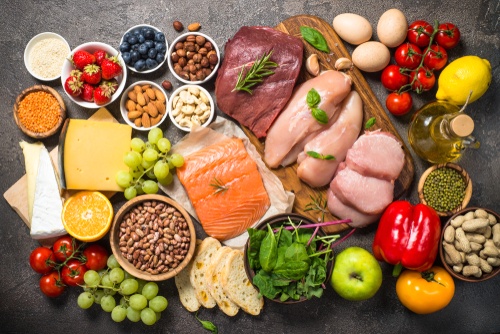
The findings of a study published in The American Journal of Clinical Nutrition suggest that people tend to eat more when dining with friends and/or family than alone.
To conduct this study, researchers searched the databases PsychInfo, Embase, Medline, and Social Sciences Citation Index in April 2019 to assess food intake/food choices as a function of co-eaters. All studies that utilized naturalistic techniques were synthesized, and subsequently, meta-analyses were conducted to synthesize the results. In total, they analyzed the findings of 42 studies.
According to the results of the study, the researchers observed significant evidence that people select and eat more when eating with friends, compared with when they eat alone [Z = 5.32; P < 0.001; standardized mean difference (SMD) = 0.76; 95% CI, 0.48 to 1.03]. Although their analysis revealed no discernible evidence for social facilitation across studies that had examined food intake when participants ate alone or with strangers/acquaintances (Z = 1.32; P = 0.19; SMD = 0.21, 95% CI, −0.10 to 0.51), they found some evidence eating is moderated by gender, weight status, and food type. However, the researchers noted that this evidence was limited by a lack of research examining th effect of these factors on social facilitation of eating among friends.
Eating to Make an Impression
“People want to convey positive impressions to strangers. Selecting small portions may provide a means of doing so and this may be why the social facilitation of eating is less pronounced amongst groups of strangers,” said lead researcher Dr. Hellen Ruddock, from the School of Psychology at the University of Birmingham in a MedicalExpress article about the study.
Dr. Ruddock continued by in saying that: “Findings from previous research suggest that we often choose what (and how much) to eat based on the type of impression that we want to convey about ourselves. Evidence suggests that this may be particularly pronounced for women eating with men they wish to impress and for people with obesity who wish to avoid being judged for overeating.”
People eat more when dining with friends and family, study finds https://t.co/ffDgDhchUO #food #diet #eating #friends
— Dr. Greg Cason (@AskDrGreg) October 4, 2019
“A solution to this tension may be to eat at least as much as others in the group—individual members match their behavior to others, promoting a larger meal than might otherwise be eaten in the absence of this social competition,” said Dr. Ruddock.
“What we describe as social facilitation can be seen as a natural by-product of social food sharing—a strategy that would have served a critical function in our ancestral environments. This also explains why it is more likely to occur in groups with individuals who are familiar with each other.”
People eat more with friends and family than when dining alone
https://t.co/rDBvrHfdS3— Roger Highfield (@RogerHighfield) October 5, 2019
People eat more when dining with friends and family https://t.co/14yDGgu3nh
— Tom Heston (@tomheston) October 7, 2019






 © 2025 Mashup Media, LLC, a Formedics Property. All Rights Reserved.
© 2025 Mashup Media, LLC, a Formedics Property. All Rights Reserved.